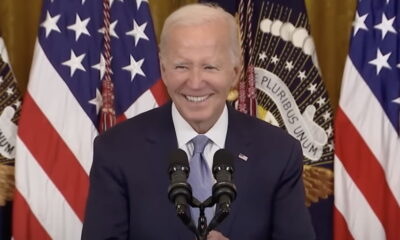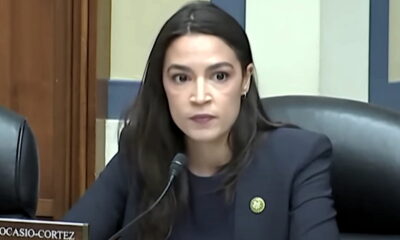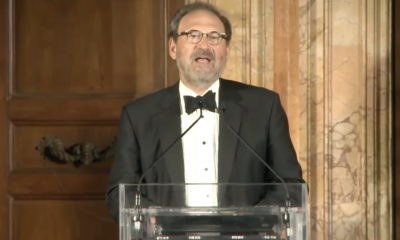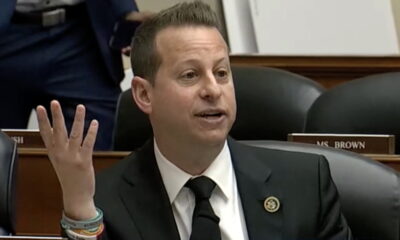NOT AN ESSENTIAL SERVICE
COVID-19 Outbreaks Are Exploding as Churches Reopen
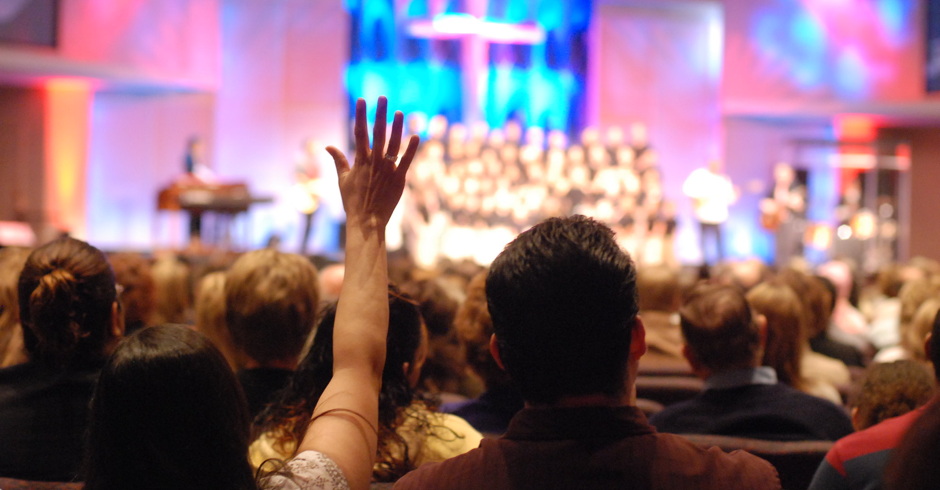
President Donald Trump declared churches “essential” despite the coronavirus, mandating that they all be open for services. However, many church pastors never stopped working, holding services online, meeting with the sick and desperate, and taking calls from scared parishioners who lost jobs or were forced to risk their lives to work.
For some churches, however, the virus wasn’t as important as their need to gather groups of people in person. In Kansas, for example, there were three COVID-19 clusters that came from church-related activities, causing outbreaks in the state.
At this reporter’s family’s church in Oklahoma, a crew of church leaders held services from the roof of the church while elderly parishioners sat in their cars in the parking lot if they couldn’t figure out how to open the live stream on Facebook. When the church reopened along with other Oklahoma places at the end of May, it was cautious, with a team of masked volunteers leading parishioners to socially distant family clusters spread out over two separate services. All other church activities have continued through Zoom or Google Hangout.
USA Today described Sacrameto churches that remain closed and an Atlanta pastor who tries with all his spirit to spread the “Good Word” to an audience exclusively online.
“Almost 40 places of worship and religious events have been linked to more than 650 U.S. cases of the coronavirus since the pandemic began, according to tracking by the New York Times. Along with the nationwide surge in infections that has followed the loosening of restrictions aimed at combating the virus, outbreaks connected to churches have sprouted at several spots,” said the report.
“Those include a Pentecostal church in northeastern Oregon tied to at least 236 positive tests; five flareups linked to churches in West Virginia, the largest one resulting in 51 infections; more than 50 cases stemming from an evangelical church outside San Antonio where the pastor allowed hugging again; a large worship service in Cleveland, Tennessee, that appears to have generated at least a dozen cases, including the pastor, who said he stopped counting after 12; a Christian camp in Missouri that had to shut down after 82 campers, counselors and staffers contracted the virus despite taking a number of precautions,” the report continued.
While the Bible says that God is “where two or three gather in my name,” many churches have decided they need hundreds more. For some, it’s out of necessity to get the offering plate full and continue the business of God, and for other’s, it’s outright greed when they have more than enough operating funds to not only continue to pay church staff but to help their community.
But it’s those offering plates that endanger those in the pews, along with Christian practices like shaking hands, hugging, singing, praising, holding hands, taking Communion, and dipping the host in a chalice with the wine. It’s a breeding ground for illness, particularly highly contagious viruses like COVID-19.
“All the things we’re learning about the virus now make it more clear how much churches and the types of gatherings churches represent provide a more dangerous environment for viral transmission,” said Kirsten Bibbins-Domingo, a professor of epidemiology at the University of California-San Francisco. “We have to figure out how to worship in safer ways, and right now, in-person, in large groups, in an enclosed building is not a safe place.”
While church attendance dropped when the virus took hold of the U.S., they still haven’t been able to recapture the church audiences that once were.
The USA Today analysis of church attendance showed a 63.58 percent decrease in church attendance. While it has increased, there is still a 40 percent decrease in attendance prior to the pandemic.
“Opening a church normally is risky, so let’s figure out another option,” said Ogbonnaya Omenka, an associate professor and public health specialist at Butler University. “Let’s do the service outside. But some may say, ‘Well, it’s raining, and we don’t have enough seating for everybody to be under a canopy. Let’s go back inside.’ No. Can we just accept that it’s OK to not have service for that day if it will keep the congregants healthy to come back next week?”
Read the full piece by USA Today.
Image by Mor via Flickr and a CC license
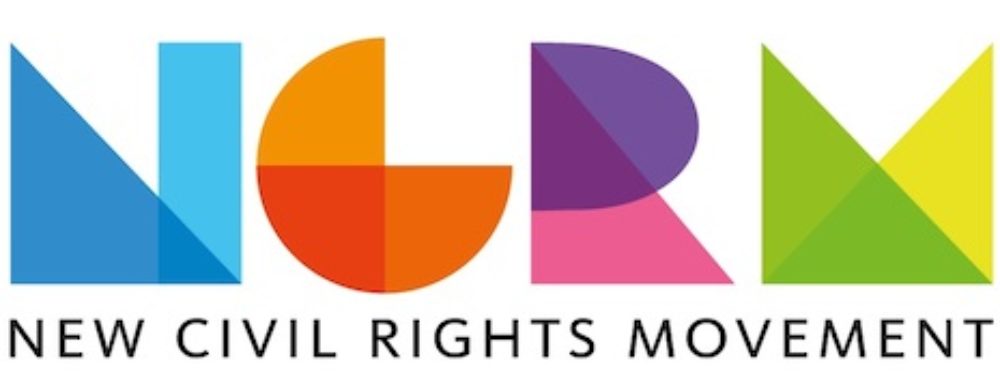
Enjoy this piece?
… then let us make a small request. The New Civil Rights Movement depends on readers like you to meet our ongoing expenses and continue producing quality progressive journalism. Three Silicon Valley giants consume 70 percent of all online advertising dollars, so we need your help to continue doing what we do.
NCRM is independent. You won’t find mainstream media bias here. From unflinching coverage of religious extremism, to spotlighting efforts to roll back our rights, NCRM continues to speak truth to power. America needs independent voices like NCRM to be sure no one is forgotten.
Every reader contribution, whatever the amount, makes a tremendous difference. Help ensure NCRM remains independent long into the future. Support progressive journalism with a one-time contribution to NCRM, or click here to become a subscriber. Thank you. Click here to donate by check.
 |


